
Trump’s border czar is threatening to arrest me for speaking out. Come and get me, tough guy. With that challenge, California Governor Gavin Newsom hurled a gauntlet that has charged and divided a state already on high alert. As National Guard soldiers and Marines roam downtown Los Angeles, the city’s response to broad-scale ICE raids has become a national flashpoint, pitting state sovereignty against federal authority in a showdown observed by millions.
Behind the headlines and viral social media videos is a complicated, sometimes chaotic, reality. From disputed legal authority to the human toll of enforcement, and from the propagation of misinformation to the growth of surveillance capitalism, the events that have been playing out in Los Angeles present a window into the high-stakes future of American immigration policy. Following are nine of the most telling developments framing this historic standoff.
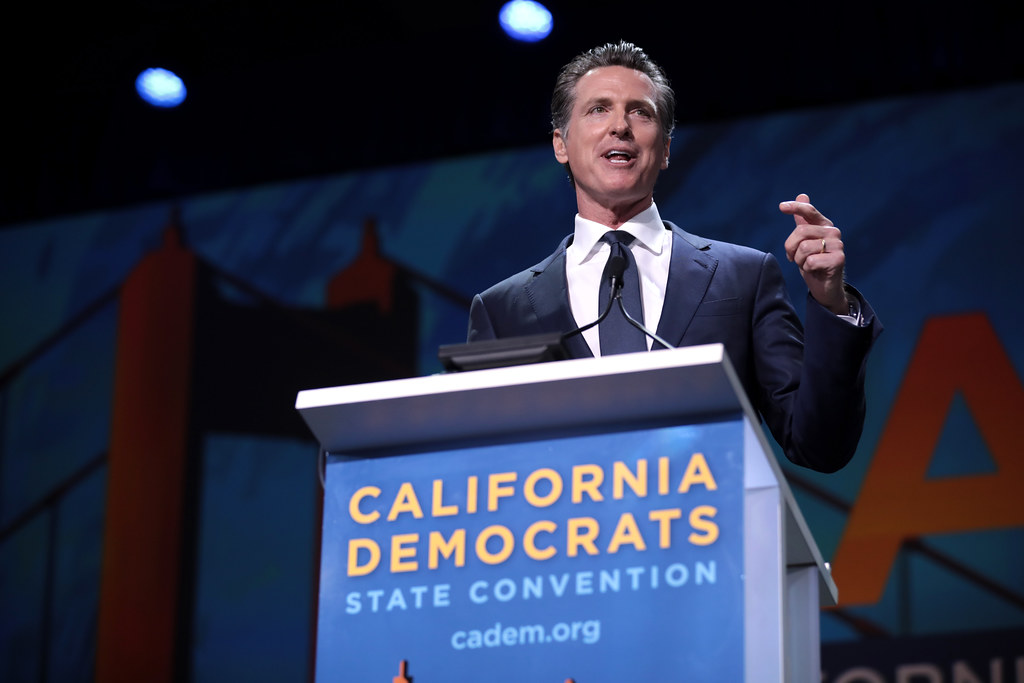
1. Newsom’s defiant stand: ‘Arrest Me. Let’s Go.’
California Governor Gavin Newsom took nothing but a confrontational stance on being threatened by Trump’s border czar, Tom Homan. While Homan threatened that officials hindering ICE operations would be arrested, Newsom even went public with a challenge: “Tom, arrest me. Let’s go.” Newsom labeled the deployment of the National Guard as a ‘manufactured crisis’ and hinted at suing the Trump administration for federalizing California troops. His language accusing federal threats as “bloviating” and “exhausting” highlighted a larger strategy: California’s leadership is framing itself as a barrier against what it perceives as federal encroachment.
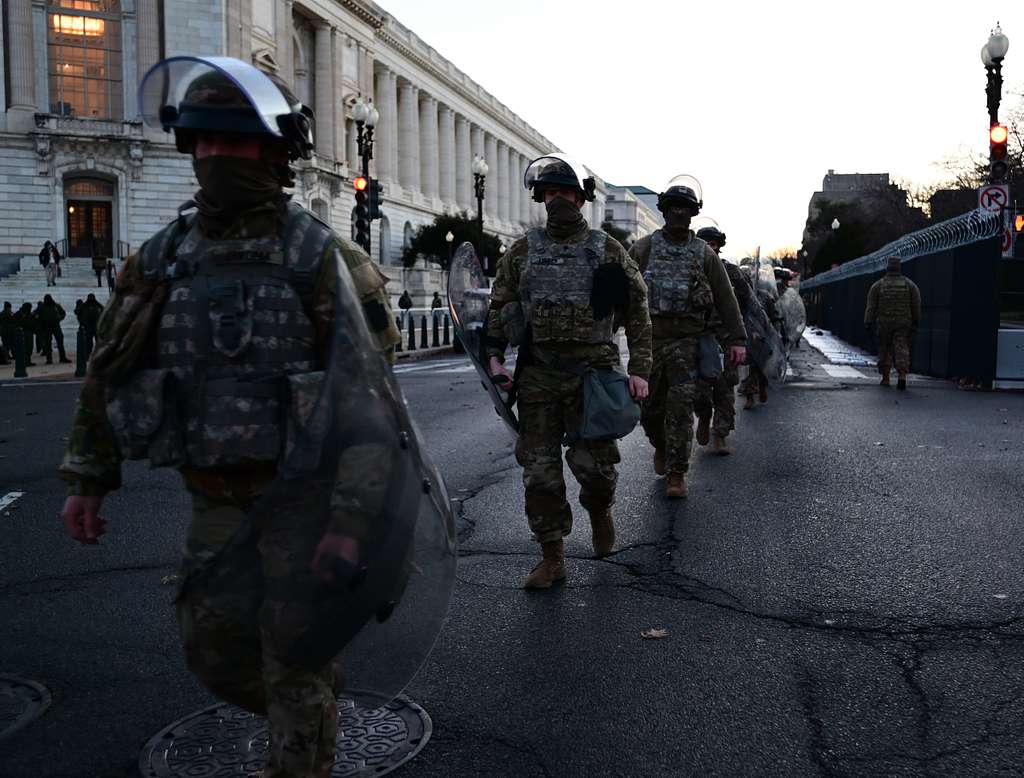
2. Federal Troops in L.A.: Legal and Political Fault Lines
The stationing of over 2,000 National Guard soldiers and 700 Marines in Los Angeles was a dramatic intensification. Newsom and city officials have denounced the action as illegal and incendiary, with the state arguing that the deployment constitutes a grave violation of state sovereignty the first such deployment not made at the request of a governor since 1965. Litigation has been filed and California has officially called for the recall of federal troops. At the same time, federal authorities maintain the troops are needed to guard property and personnel, stoking a debate over presidential authority under domestic emergencies.

3. ICE Raids and the Human Toll
The raids that ignited the protests have shattered families and communities throughout Los Angeles. Immigrants describe being detained during regular check-ins, with some torn from loved ones abruptly. Children have been left crying, and whole neighborhoods are riddled with fear. “We came as a family of four and only three of us departed,” said Nancy Raquel Chirinos Medina, whose husband was taken in. The forceful methods officers in tactical uniforms, unmarked vans, and hasty transfers have provoked criticism from local authorities and human rights groups, who fear a chilling effect on immigrant populations.

4. Protests, Policing, and What’s Really on the Ground
Although viral photos have shown Los Angeles as a burning city, the reality is more complex. The majority of demonstrations have been focused in downtown’s Civic Center, with some spreading to surrounding neighborhoods. There have been acts of vandalism, fires targeting self-driving cars, and confrontations with police, but the majority of protesters have been peaceful. Mayor Karen Bass of Los Angeles mandated a curfew to stem the chaos, while National Guard and police have concentrated on guarding federal buildings. No fatalities or general devastation have been witnessed, contradicting accounts of a citywide “war zone.”

5. The Disinformation Surge: Social Media’s Role
The war on information has raged in tandem with the protests. AI-montaged videos, reused footage of previous protests, and viral conspiracy theories have saturated sites like X and TikTok, frequently exaggerating fears and inflating the size of the unrest. Misinformation in Spanish has been especially widespread, with messages incorrectly associating protesters with foreign governments or communist conspiracies. Officials have moved swiftly to refute viral misinformation, but the velocity and extent of online misinformation have made it difficult to preserve public trust and safety.
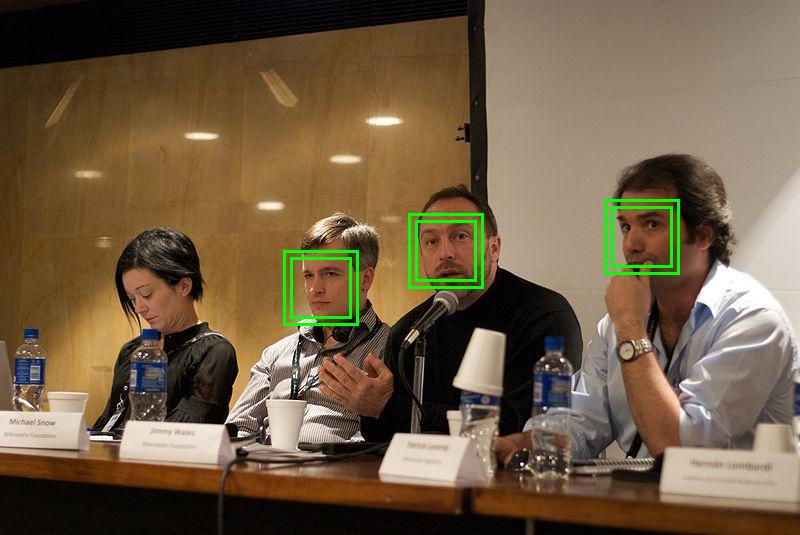
6. Surveillance Capitalism and the Growth of ICE’s Arsenal
In the shadows, the apparatus of immigration enforcement is being thoroughly reshaped. ICE has quickly built out its surveillance capacities, hiring data brokers such as LexisNexis and leasing technologies from GPS ankle monitors to facial recognition software. These technologies allow the agency to track, monitor, and profile millions of people, frequently bypassing local sanctuary policies. Critics caution that this virtual dragnet chill dissent and degrades civil liberties, provoking doubts about the future of privacy and due process in America.

7. The Business of Detention: Private Profits, Public Consequences
The enforcement boom has been a windfall for private prison corporations. GEO Group and BI Inc. have won multi-billion-dollar contracts to deliver electronic monitoring services and run detention facilities. Their shares climbed after Trump’s election, and executives have eagerly looked to expand further. This entanglement between public policy and private gain has attracted criticism from lawmakers and whistleblowers, who say incentives are pushing increasingly aggressive enforcement tactics.
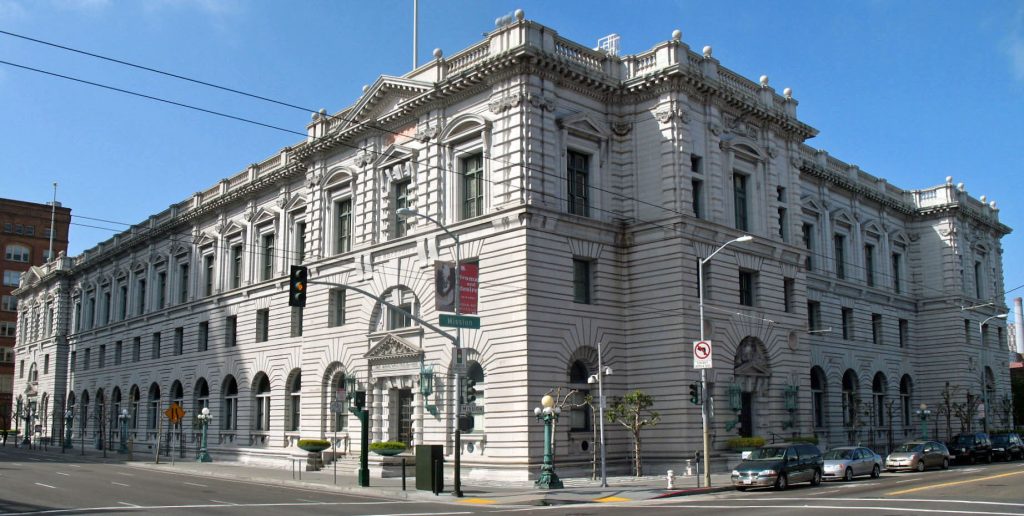
8. Legal Opposition and Civil Society Backlash
California’s pushback has not been in words alone. The state has taken the federal government to court, challenging the constitutionality of troop deployments and the application of military troops in domestic civilian policing. Advocates and legal organizations have rallied to offer assistance for detained immigrants, record abuses, and advocate for increased transparency. Litigation against data brokers and surveillance contractors is winding its way through the courts, and local leaders have pushed bills to limit ICE’s access to sensitive areas such as schools and hospitals. California’s legal and legislative pushback is creating a model for other states fighting the same kinds of federal measures.
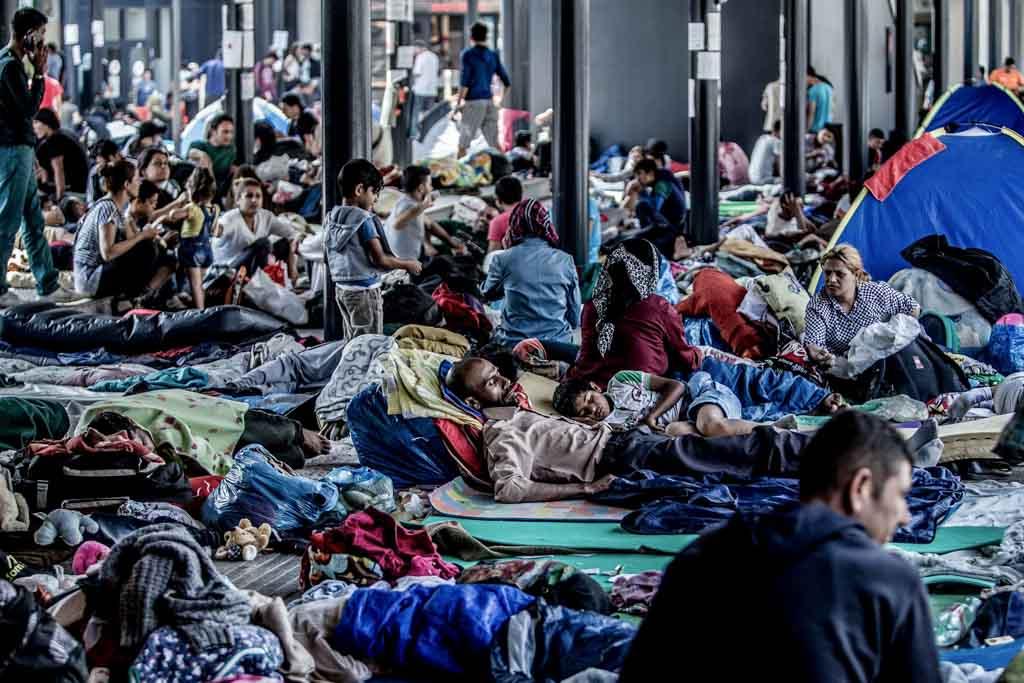
9. The Human Rights Debate: Conditions in Detention and the Cost of Enforcement
Legislators and families have reported squalid conditions in detention centers, such as absence of clean clothing, restricted access to lawyers, and unsanitary conditions. The psychological impact on families, particularly children, has been immense. As civil rights leaders warn against criminalizing protest and eroding free speech, the Los Angeles events have become a benchmark for the national conversation about the ethics and effectiveness of America’s immigration enforcement system.
The struggle in Los Angeles is bigger than a neighborhood conflict it is a miniature version of the larger battle over immigration, civil rights, and the limits of federal power. As California’s leaders, activists, and communities resist sweeping enforcement and surveillance, the results will echo far beyond the city limits. The lessons here will inform the nation’s approach to justice, democracy, and the definition of resistance for years to come.


